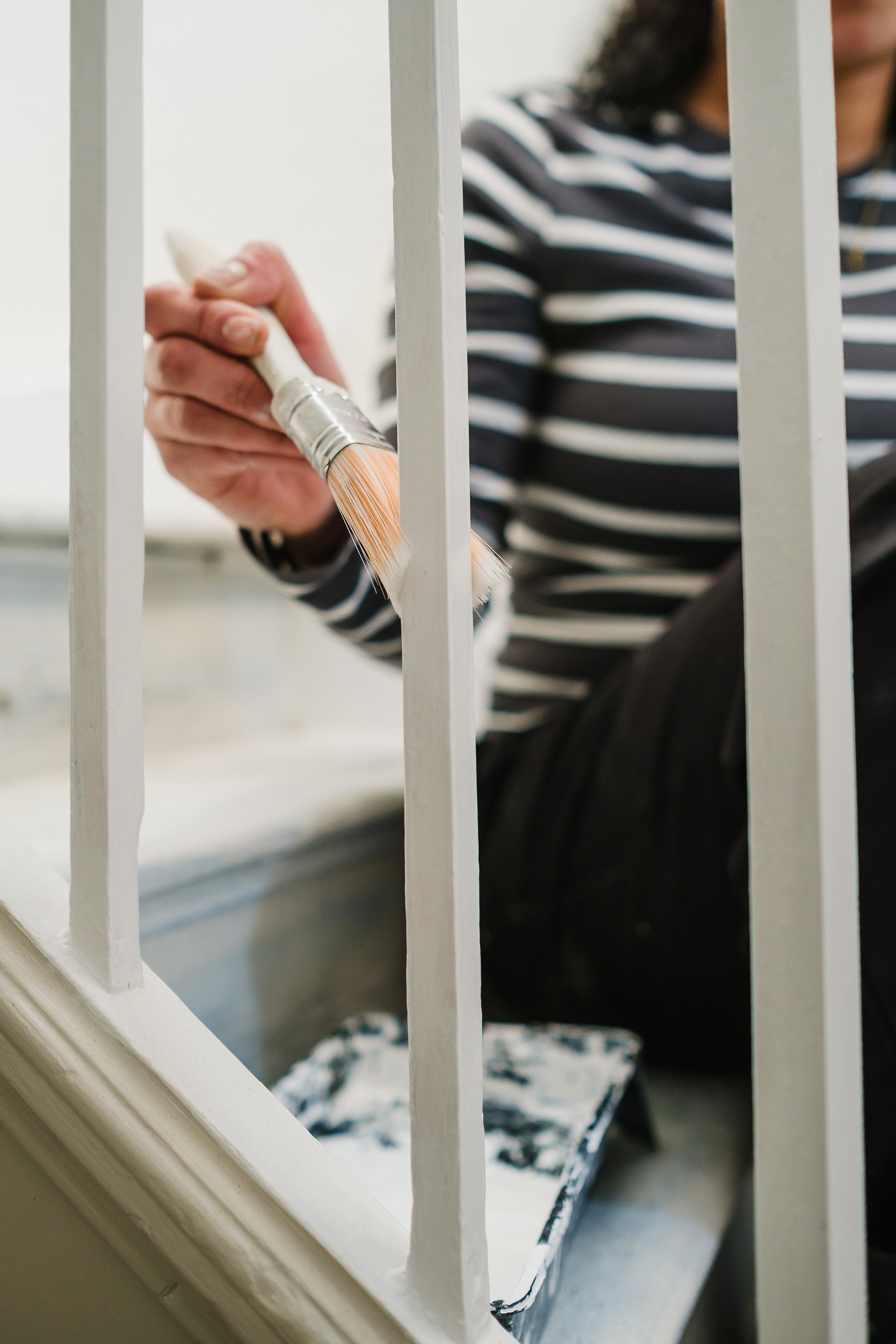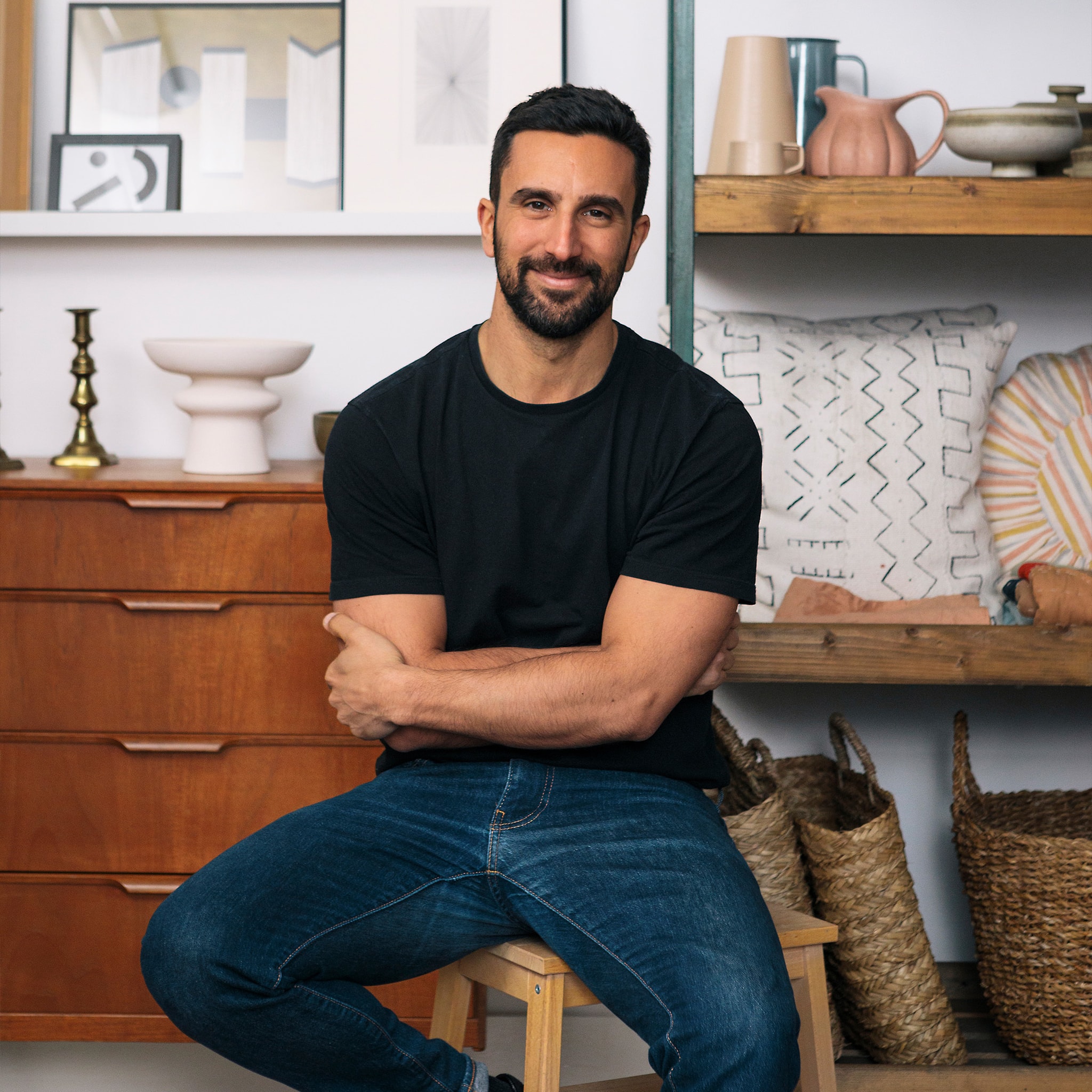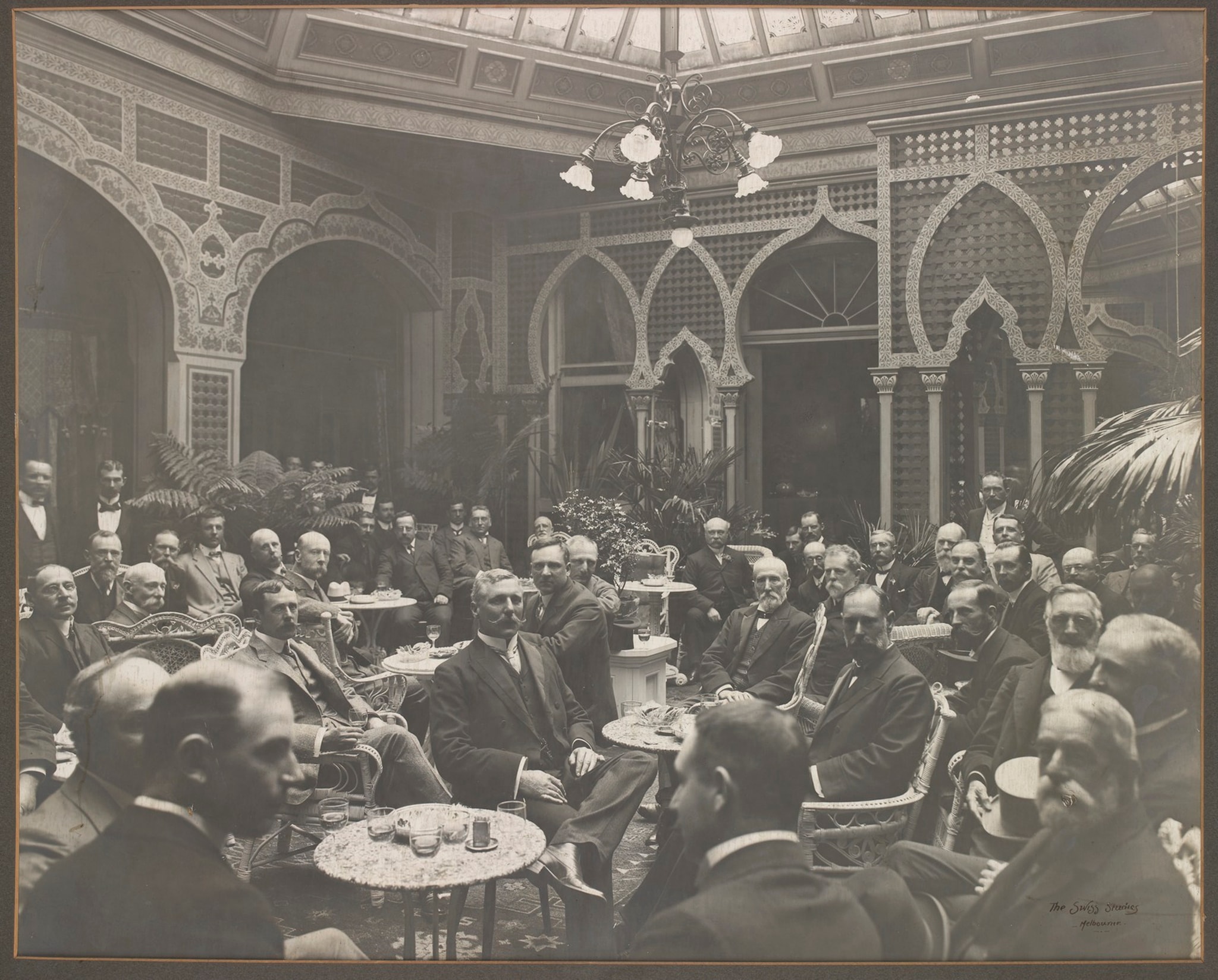Interiors
Hybrid living: four tips for living (and selling) well
Words by
Rex Siney
As estate agents and interior designers, our job is to keep an eye on what buyers are looking for in homes. And if there's one thing we’re sure about, it’s this: hybrid spaces are in demand.
This week, we've shared four principles which we use when designing dual-purpose spaces for our clients, along with homes we've transformed into havens for hybrid living. Plus, we name those brands which can help with taking home office styling to the next level.
In a post-pandemic world, ‘hybrid space’ tops the previously popular ‘guest bedroom’ by a country mile. Our studio manager Dani outlines the shift as an important one: ‘we’re not a company who buys into trends. Combined living and working-from-home design surpasses any trend we have seen; it is one offering real meaning, necessity and longevity.’
As interior designers, it’s our role to acknowledge the new integration of working within the home, so that you can maximise the functions of your living space while appreciating the importance of wellbeing – particularly when working at home.
When creating a home office, use whatever you've got at your disposal.
Here are four principles we consider when designing for our clients.
1. Setting boundaries - both physical and mental
Everyone’s work requires different levels of communication and concentration. A good starting point is recognising what you need in terms of privacy and solitude, as well as how much equipment you use for your job. If you require peace and quiet, a garden-office room, garage or loft conversion might be the route to go down. But whatever room or space you use, it’s important to switch off from it at the end of the day. If the space you’re using is multi-functional then consider the furniture you use, does it offer a dual purpose, can it be used by all members of the family and can it house your work items discreetly?
2. Natural light, productivity and mood
A survey published in the Harvard Business Review found that having access to natural light is the number one attribute workers want in their office environment. And it’s no wonder when we spend on average 80% of our working lives indoors. The stage needs to be set so we can work as productively and peacefully as possible at home.
Studies have shown that natural light both relaxes us and improves our concentration, whilst helping our biological clocks to maintain a circadian rhythm. Plus, the well-documented link between light and Vitamin D helps combat depression, diabetes, and chronic pain. So, when setting up a home working space, consider the role of natural light. We suggest by a window, under a roof light or incorporating doors which can open up into light-filled rooms. Bringing light into the working environment can make us feel more awake, and improve our mood, health and wellbeing.
However, if your work requires the dark - for example as a video editor, make sure that windows and doors have good blackout blinds/curtains to enable those hits of Vitamin D when you're on a break; rather than working in an already-dark space. And while good, natural light is key to health, screen reflection can be annoying, so being able to block or diffuse the light is something to consider too.
3. Physical well-being and the importance of furniture
According to a survey by furniture site Furniture At Work, over half (54%) of respondents said that they weren’t sitting at a proper desk on a proper chair while working from home, which can lead to serious back problems. Research into physical activity since the pandemic showed that 37% of workers felt they were doing less exercise when working from home. The lack of a commute was cited as the main reason employees were less physically active.
With this in mind, it is important to source office equipment which can support your physical health, from ergonomic chairs to standing seats and positioned desks. Small tweaks all add up. And if you’re concerned about the furniture fitting with your aesthetic, we have found sourcing furniture, often for period properties, that brands such as Twenty Twenty One and Aram Store work well for design classics. For sustainable, handmade furniture Another Country is a great place to shop. For second-hand bargains and slow-buy interior inspiration Kempton market will deliver- though perhaps less so for orthopediac goodness. And if you’re looking for a great business to design a bespoke piece of furniture, look no further than Unto This Last who make all of their furniture in London.
4. Versatility of space and value add
Studio Brickworks has found time again that beautifully presented homes are much easier to sell. The fluidity of function also plays a part: homes which demonstrate how a room could be used, help the buyer visualise potential; so even if you don’t work from home, cultivating a space dedicated to this can attract buyers and help achieve maximum value.
Brickworks has often seen homes that were previously stagnating on the market, go under offer within a weekend once they’ve been renovated. Its seems far-fetched, but prioritising the versatility of space could be the difference between getting a great sale, or not selling at all. Plus, showing your home’s full potential can also increase its worth, sometimes by up to 20%.







